Tiamat’s noble and worthy rival, Bahamut, is the favorite platinum dragon of paladins, dragonborn, and the draconic faithful everywhere.
He has been an important part of the Dungeons & Dragons pantheon since the first edition.
Bahamut is likely to have an effect on your games, even if it’s just because one of your paladins loves dragons.
So, listen to what that strange old man said and get ready to do the right thing as we go over everything you need to know.
Want to see all of our dnd gods?
Summery
- Full Name: Bahamut
- Pantheons: Draconic, Untheric, Faerûnian
- Known Aliases: Fizban the Fabulous, Marduk, Xymor
- Alignment: Lawful Good
- Domains: Life, War
Basic Bahamut Lore
As with any Dungeons & Dragons figure that has been around since 1st edition, Bahamut’s lore has changed a lot and has a lot of interactions and history that fills up whole books. We’ll just stick to the basics you need to know about the character instead of giving you a school summary.
Bahamut is the one and only platinum dragon. He is revered as the protector of the metal dragons and anyone else who follows the good road.
In older versions, Bahamut was called a “lesser deity” because he worked for another god of justice, Torm. That whole idea doesn’t seem to be around anymore, and Bahamut is now a full-fledged god who is part of many pantheons, including the famous Wildemount setting.
Tiamat, the evil dragon goddess with five heads, has always had a foe in Bahamut, who is often called the king of dragons or at least the king of good dragons.
In each game setting, Bahamut looks a little bit different, but he is always a powerful draconic god who is dedicated to promoting good and stopping evil creatures.
He has unlimited compassion and forgives instead of punishing. Evil dragons and people who follow the evil dragon queen Tiamat hate him the most.
Bahamut doesn’t kill people in the name of good, and he generally goes to great lengths to avoid killing intelligent creatures, even chromatic dragons, which he should be completely against.
Instead, Bahamut is known for changing his enemies into innocent things, talking them down, or doing just about anything else to keep from “bloodying his claws with evil.” But Bahamut’s mood isn’t always the same, and every now and then, he’ll smite something that needs to be smited.
Bahamut looks like a huge metal dragon with a silvery-platinum color. This is his normal form, but he also likes to walk around as a human, usually as an old man in peasant clothes who gives people advice or a safe place to stay. He only changes into a huge dragon when he needs to deal with other dragons or fight evil.
Bahamut History in DnD
Bahamut has been in every version of Dungeons & Dragons. He first showed up in the Greyhawk setting, which came out in 1975.
When he first showed up, people called him the Dragon King or the Platinum Dragon. He was not yet called Bahamut.
This name wouldn’t be given to him until 1977, when the Monster Manual for Advanced Dungeons & Dragons came out.
After that, he was called a lesser god in the 1980 book Deities & Demigods. The Manual of the Planes, which came out in 1987, explained his part in the multiverse.
With that, most of Bahamut’s personality and unique place in the D&D multiverse’s power structures were set up for the designers to start building on.
In the second version of Advanced Dungeons & Dragons, books like Monster Mythology, Cult of the Dragon, and On Hallowed Ground gave more information about Bahamut’s followers and how he ruled as a lesser god.
This expansion made Bahamut a staple of the game by putting him in almost every official mission setting.
From the second edition of Advanced Dungeons and Dragons to the third edition, not much changed about Bahamut.
In books like Defenders of the Faith from 2000, Complete Divine from 2004, and Draconomicon: Metallic Dragons from 2009, he learned more about his followers, priesthood, and some of his experiences.
His known nickname, “Fizban the Fabulous,” was used to write the Fizban’s Treasury of Dragons add-on for 5th edition.
The Council Of Wyrms
Seven old gold dragons make up Bahamut’s court. They handle things on Bahamut’s behalf.
In some versions, these gold wyrms are the reincarnations of great kings, but in most versions, they are just the old dragons that Bahamut trusts the most.
Each golden wyrm passed a hard and dangerous test set by Bahamut. For all dragons, being on Bahamut’s council is one of the highest honors and most important positions.
This council of wyrms often acts as a court when Bahamut’s defenders bring criminals to them.
Draconic Pantheon
Bahamut isn’t very important in the pantheons of gods who aren’t dragons, but he is one of the most important dragon gods, and many dragons worship him.
Copper dragons, silver dragons, gold wyrms, and most other metallic dragons worship him or at least hold him in high respect in their ancient pantheon.
The race of dragonborn people are also often among his dragon followers. The history of the dragonborn isn’t very clear right now, but some dragonborn still think that Bahamut is where they came from.
Faerûnian Pantheon
The Faerûnian pantheon is where Bahamut was first mentioned, but he isn’t a very important god there.
Most of the time, he’s only mentioned in relation to Torm, a god who rides dragons and has a similar role, as a lesser god who serves under him.
Still, Bahamut has a place in the pantheon of Faerûn, along with humans and other animals that most dragons would consider “lesser races.”
Since the days of Advanced Dungeons & Dragons, people who worship dragons have praised the great platinum dragon and used his clerical magic.
Temples Of Bahamut
Bahamut doesn’t like shrines or holy places. Instead, he is honored by the actions of a divine servant.
Some Gold, Silver, and Brass dragons would build small shrines to him, which were usually just his picture on the wall of a quiet place where people who worshipped Bahamut could think, pray, and rest.
Using Bahamut As A DM
Bahamut and his followers can add a lot to your game settings, especially if one of your players is a Bahamut worshipper.
You can use the dragon god in many different ways in your stories, especially if one of your players is a Bahamut worshipper.
First, you can get tasks and possible allies from any church, knightly order, or clergy of Bahamut.
Getting rid of bad guys and doing the right thing fits right in with most plots, and you can use them as story devices to get your players to their goals.
Unless you’re running an evil game, most Bahamut followers don’t make great villains. However, the “so good you become evil” trope can be fun to play with when your knight of Bahamut starts cutting off the heads of small thieves.
Bahamut, on the other hand, teaches forgiveness and kindness, so your bad guy will have to go a long way from the path.
Bahamut can also be a memorable NPC because he has a long history of pretending to be a wise old man or a young boy. In Bahamut’s travels, the players can meet him without knowing who he really is.
Surprise! It just so happened that the nice person who gave the quest was really Bahamut. When Bahamut’s real dragon form is shown, it can be a moment you’ll never forget.
For D&D 5e, I wouldn’t suggest trying to use Bahamut in a real fight. As a god, he should be able to crush almost anything, but if you have to fight him, I’d copy the Tiamat 5e stats and make a few key changes.
Change the damage of his breath weapon to be cold or radiant, and get rid of his power to have multiple heads and the legendary action that uses it.
Playing A Bahamut Follower
Both good people and people who like dragons might want to follow Bahamut. His commitment to doing good makes him a good fit for any character who likes justice, mercy, and respect.
Basically, Bahamut is a good fit if you could see your character saving a cat from a tree. But if your character’s power comes from gods, like a cleric or knight, there’s a bit more to it.
Dragon Clerics
In the past, as a cleric, the god you worshipped had a lot more of an effect on your divine spells.
However, in the 5th edition, clerics only need to know what areas a god has in order to cast clerical spells.
In 5th edition, a cleric’s domain is chosen for them automatically, and the god is just filler around the domain.
Since they aren’t officially mentioned, it’s hard to say what Bahamut’s domains are in 5th edition, but based on what we know from earlier editions and what we know about his character, the life domain, the order domain, and the war domain should all fit.
You might also be able to persuade a DM that he fits the tempest area.
From a thematic point of view, it’s also helpful to know your god’s sign, which for Bahamut is a dragon’s head turned sideways.
Bahamut Paladins
Bahamut’s good qualities and plans for kicking evil where it hurts seem made for dragonborn knight players.
But even with their divine powers, paladins in 5th edition don’t need anything technically from gods. In fact, paladins don’t even need to choose a god anymore—they choose a holy oath instead.
Choosing a god is just for fun and flavor. This pledge can be left pretty open-ended, or it can be something specific to your DM’s world.
You can also swear to and believe in your god’s oath and belief, which is where Bahamut shines for his human followers.
Knights who followed Bahamut often followed the Ptarian Code, which was made by the gold dragon Ptaris, a member of Bahamut’s court, as a code of respect for dragons.
The Ptarian code was made for Bahamut’s court dragons at first, but later it was also used by knights and other honorable humans who wanted to show respect to Bahamut and other good dragon gods.
The most important rules were:
- Justice and doing good come first.
- Respect and Obedience to the King.
- Righteous Innocence should be given honor and respect.
- Honor and duty to the Balancer (Lendys), Her Mercy (Tamara), and the Justicemaker (Bahamut).
- Lesser races should be given honor and protection.
- Honor and Retribution for the Opponents of Good and Justice.
- Honor and self-control are important.
People who want to do good things in Bahamut’s name often wear bronze, silver, or gold badges with a simple picture of a dragon’s head in profile. This is in addition to a creed.
Playing Bahamut
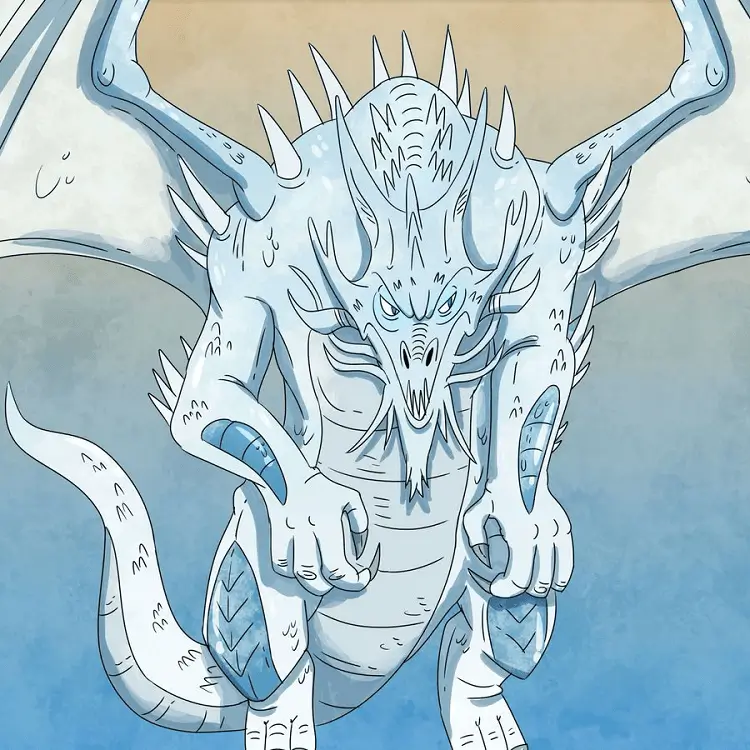
If Bahamut is part of your quest, there are many ways to roleplay him in the world. Since he doesn’t show up as a real dragon very often, I suggest having him show up most of the time as one of his human names.
This can be a great way to make him look less like an all-powerful dragon god.
This is something I’ve done before, and it was a lot of fun. It let me add a fun and interesting figure to the campaign, and when he turned out to be someone else, it gave the story a great twist.
I roleplayed him in this form in a way that was similar to Yoda in “The Empire Strikes Back” in that he acted strange and random at first until the party found out what he really was.
Since Bahamut is a god of justice, you should also make doing good things a top priority. He should also try to fight against Tiamat as much as he can, like by getting the party to join him in his never-ending war.
If your party starts working with Bahamut, they should also get a lot of rewards for their loyalty, like boons or magical items.
You might also have to play Bahamut as the patron god of a Cleric, Paladin, or maybe even a Warlock in your party.
When you do this, you should make sure the person follows the rules of Bahamut’s religion, such as doing good, being fair, and helping those in need.
If they worship Bahamut, they should also respect good metal dragons, especially if they are made of gold, silver, or brass.
Combat
If your group crosses Bahamut, they will probably have to fight the Aspect of Bahamut instead of Bahamut himself. Because of how smart he is, he should go into battle and deal with danger in an incredibly smart way.
When you’re roleplaying this, it can be hard to make him as hard and memorable a fight as he deserves to be without making it annoying for your players.
But I also think you should do whatever you can to keep your players from fighting the Aspect of Bahamut if they aren’t ready for it.
With a challenge grade of only 30, he should only be taken on by a fully leveled group with a lot of powerful magical items and boons. If you don’t, it will be over quickly and probably won’t be fun for anyone.
If the group does face the Aspect of Bahamut, he should be played as a very smart person. This means going after the weakest members of the party, especially if a wizard or archer does a lot of damage from far away.
Beyond that, you should play him differently depending on who he is fighting to make sure he is a tough opponent. Bahamut is committed to punishing those he thinks deserve it, and he is sure of himself, so it wouldn’t make sense for him to ever run away from a fight or meeting.
He fought the people who would become the gods of the world in the First World. He would never give up on a group of regular people.
If your party really wants to fight Bahamut, but they aren’t strong enough or you want to make it more interesting, you can also bring Tiamat into the fight.
Tiamat can help them out by giving them magical items or boons, or you can use the Aspect of Tiamat from Fizban’s Treasury of Dragons on page 166 to fight with the party and help them out for a more dramatic battle.
FAQs
Is Bahamut Stronger than Tiamat?
During the DnD storyline, the strength of both dragons changes often, but they tend to be about the same because they are two opposing forces that are the same but opposite of each other.
Do Dragonborns Worship Bahamut?
Yes, a good Dragonborn would likely follow Bahamut and try to live by his rules.
What is the Holy Symbol of Bahamut?
The holy sign of Bahamut is a shield with a silver dragon’s head on it, and his holy colors are blue, white, and silver. So, if you are a character who believes in Bahamut, you should wear his silver head as a symbol of your faith on your shield, cape, or piece of armor.

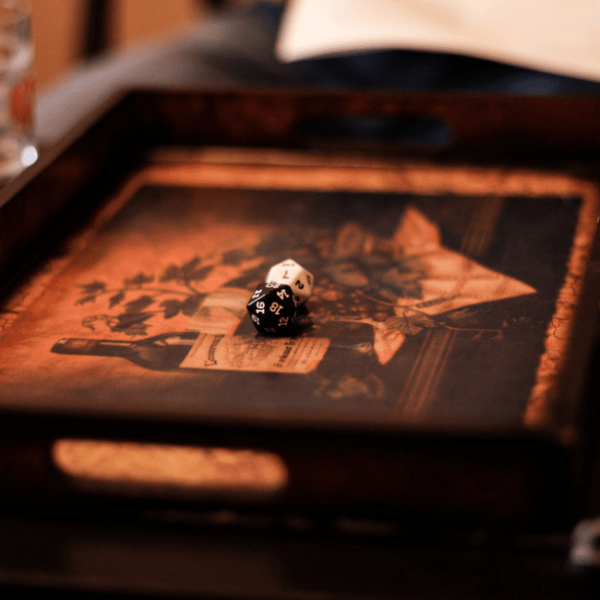
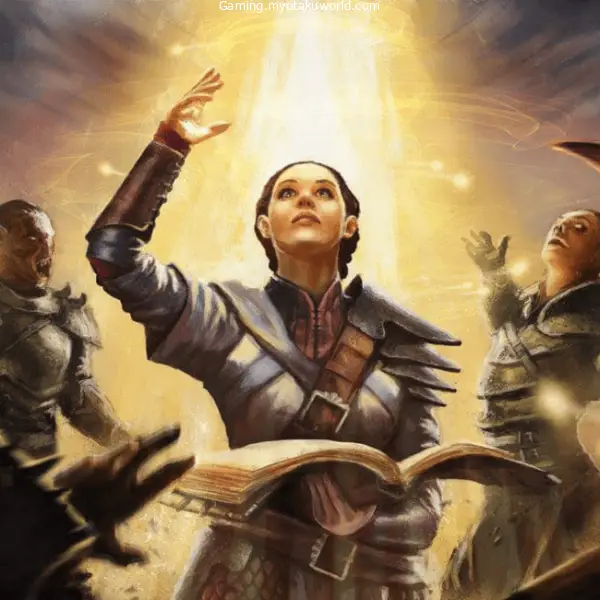
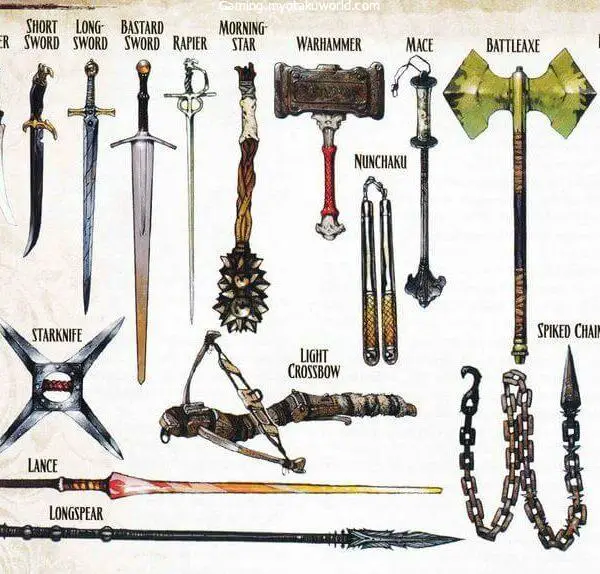



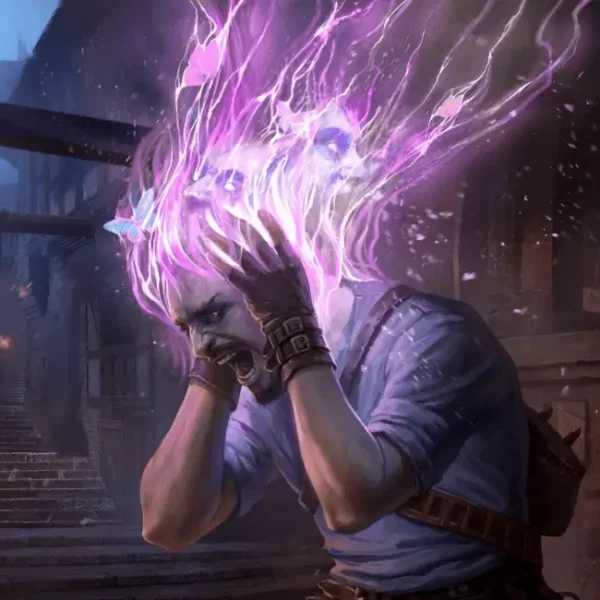

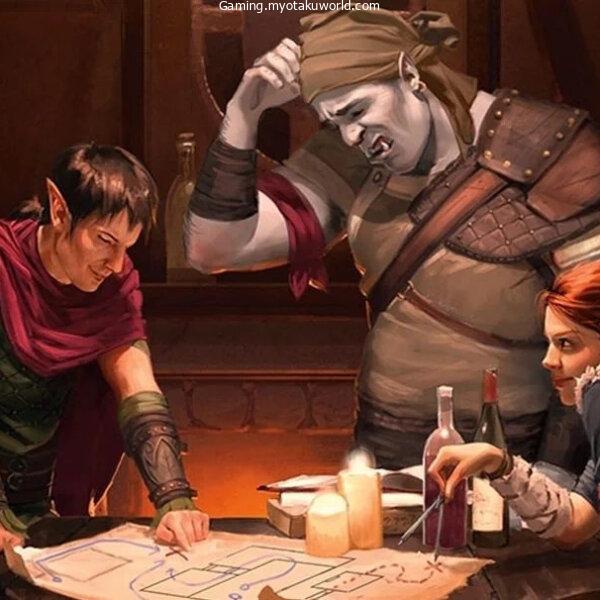
Leave a Comment